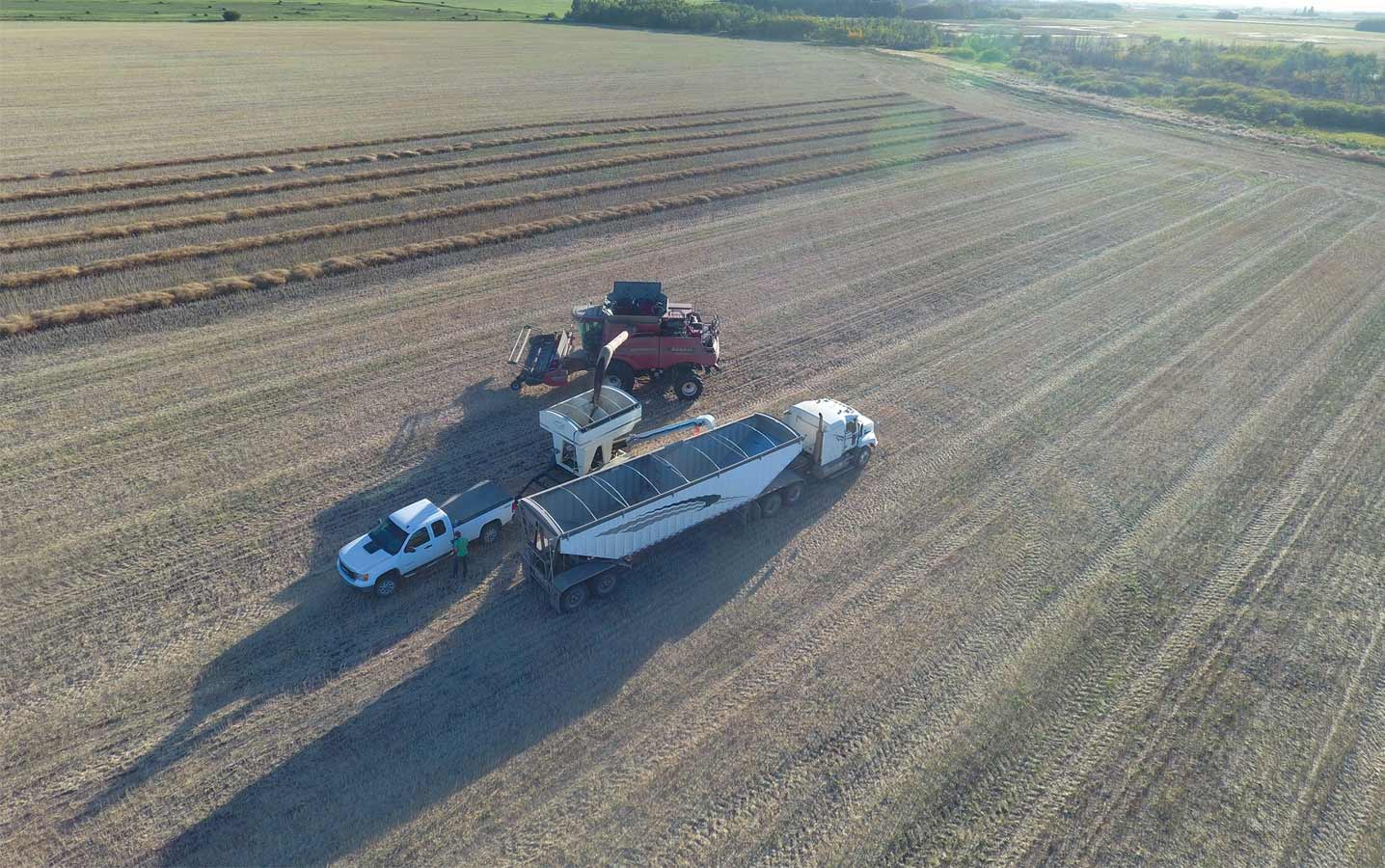UCC to continue nitrogen trials
A saturated 2016 growing season stymied the Canola Council of Canada’s Ultimate Canola Challenge trials.
“Unfortunately, we only had six successful sites,” says Nicole Philp, Canola Council of Canada (CCC) agronomy specialist and coordinator of the Ultimate Canola Challenge (UCC) program. “We had 14 planted at the beginning of the year, but many sites were unable to be harvested due to crop conditions.”
UCC trials intended to identify optimal nitrogen rates for canola in Western Canada. CCC has a goal of farmers reaching an average yield of 52 bushels per acre by 2025, and the trial objective was to discover if producers were applying enough fertility to reach that average.
Trial plots were to have a 25 per cent increase in nitrogen above a farmer’s base rate. A wide range of nitrogen rates were applied.
We’re a lot more confident in making recommendations when we have multiple sites in multiple years.”
“It was about seeing how just increasing the nitrogen rate would affect people’s yields and profitability,” says Philp. “I went into it thinking that we’d have people applying 70 pounds of nitrogen – and we did – but we also had people applying a base rate of 200 pounds per acre.”
Only three out of the six successful sites had a statistically significant yield response to the increased nitrogen, she adds. One of the three sites had a base rate of 90 pounds per acre, and the other two 142 and 200 pounds per acre, respectively.

While the other sites may have shown yield differences, they weren’t statistically significant, meaning the changes might have reflected inherent variability in the field or other site factors.
“Overall, when we look at all sites combined, we did see a statistically significant yield response,” Philp says, but adds there were too few successful sites to reach a definitive conclusion. “We’re a lot more confident in making recommendations when we have multiple sites in multiple years.”
Jordan Sawchuk, who farms near Mountain Road, Man., grew strips on a field with different nitrogen rates and his was one of the three sites that demonstrated a statistically significant yield response to higher nitrogen rates.
He says he already pushes his crop production and is fairly aggressive with crop management. Although more nitrogen did produce some gains, phosphate proved to be a limiting factor.
“We’re pushing the 60-plus bushel an acre range on canola,” Sawchuk says of his annual canola yield goal. “To get higher on the field we were on, I think we ran into a wall on phosphorous. We did see an increase in bushels, but to get to 70-, 80-bushel canola, we’ve got to pay attention to some other nutrients, not just nitrogen.”
There’s probably a formula to increase yield on every field, but it’ll vary on every piece of land, he adds.
The Ultimate Canola Challenge program was developed to encourage canola growers to push for higher yields and profitability by testing products and techniques for themselves, on their own farms, says Philp. By having access to protocols and data collection sheets, canola growers can put almost anything to the test on their farm to determine if there’s a financial benefit.
“The added benefit of participating in a coordinated trial effort such as the nitrogen trials is we can apply stats to each individual site, as well as the sites overall, to see if the yield difference actually comes from product performance differences,” Philp says.
UCC will repeat the nitrogen objective in 2017. To sign up, farmers can email Philp at philpn@canolacouncil.org or call 306-551-4597.
For more on the program and its on-farm testing protocols, visit canolacouncil.org/links/ucc





